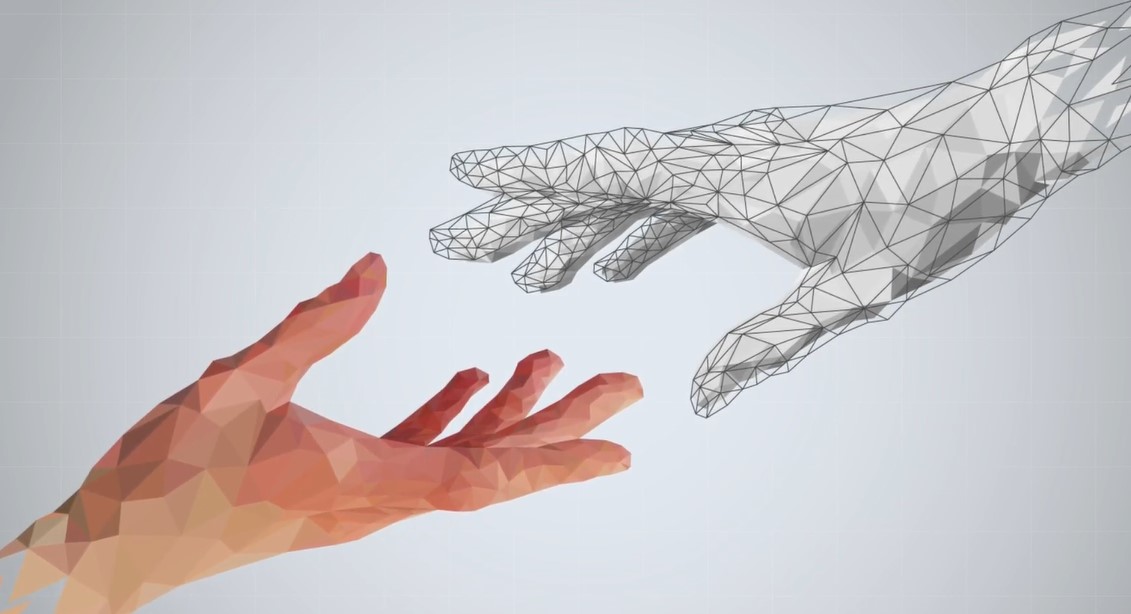The history of programming languages for artificial intelligence (AI) is a fascinating journey filled with innovations and discoveries that have shaped what we know about AI today. Programming languages such as LISP, Prolog, and Python have played crucial roles in the development and advancement of this complex field.
The beginnings are lost in the dawn of computing when LISP, created by John McCarthy in 1958, became one of the first programming languages dedicated to AI. LISP was designed to facilitate the processing of symbolic data rather than numerical computation, making it ideal for manipulating abstract concepts and performing automatic reasoning, which are essential in AI.
LISP was a powerful language with flexible data structures and an innovative “garbage collector” system that managed memory automatically. This flexibility allowed researchers to experiment with new techniques such as decision trees and search algorithms, laying the groundwork for many concepts still in use today.
As technology evolved, another significant player entered the scene in the 1970s: Prolog. This language was developed with a focus on logical programming and was extensively used for rule-based systems and problem-solving through logical inferences. Using Prolog in AI projects, such as implementing expert systems, solidified the idea that specialized languages could significantly impact how we develop AI algorithms.
The emergence of Python in the 1990s marked the beginning of a new era. Thanks to its clear and easy-to-understand syntax, Python quickly became the preferred language for many developers in the AI field. Libraries such as TensorFlow, PyTorch, and Keras were developed to facilitate the implementation of neural networks and machine learning algorithms, transforming Python into an essential tool for researchers and practitioners.
Today, Python dominates the AI programming landscape, but new languages and paradigms are continuously developing. For example, Julia, a more recent language, promises performance at the level of compiled languages, such as C, but with accessible syntax similar to Python’s. It attempts to solve the “two-language problem,” where researchers use one language for prototyping and another for production.
As AI continues to evolve, it is expected that programming languages will adapt and innovate to meet new challenges. We will likely see improvements in existing languages and the emergence of new ones, each contributing to shaping the future of artificial intelligence.
This journey through the history of AI programming languages shows not only how technological innovations influence algorithm development but also how the feedback between practical needs and theoretical solutions leads to significant progress in this dynamic field. In the end, each language brings its own vision of how we interact with and model artificial intelligence, helping us explore new frontiers of possibility.
(Article
generated and adapted by CorpQuants with ChatGPT)Top of Form



